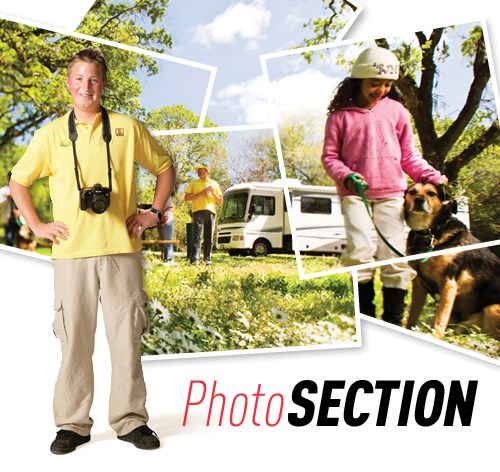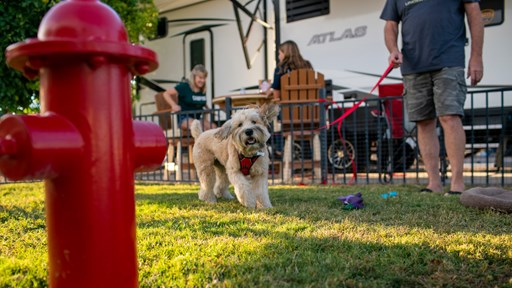So you’ve decided it’s time to get a new camera. Maybe you’re looking to buy your first digi point-and-shoot or maybe you’re ready to upgrade to your very first DSLR. Either way, the one thing we can’t stress enough is research.
First, you need to figure out how you’re going to use your camera and what your price range is:
• If you’re just looking for something to take snapshots of your camping trip, you’ll probably be fine buying a lower-end point-and-shoot camera for $40-$80.
• If you’re looking for a point and shoot with a wider variety of features for shooting different scenes in different environments or as a stepping stone to a DSLR, you’re looking at anywhere from $100 to $500. Entry level DSLRs start at around $500 and can go up to $1000 depending on what you’re looking for.
Once you’ve established the type of camera you’re going to need, it’s time to consider the particular features you may want.
Megapixels
The higher the megapixel, the higher quality and larger the image. This doesn’t come into play so much if you’re just going to be posting the photos online, but it may if you want to print them out. (For example, a 3 megapixel image’s maximum print size is 5” x 7” while a 10 megapixel image’s is 8.5” x 13”)
Video
Many digital cameras come with video options, including HD video on more and more entry-level DSLRs. As far as video features go, you need to check the frames per second (abbreviated fps, it’ll either be 24, 30, or 60), 720p or 1080p, and if it has manual video controls.
Size
Every point and shoot is going to be relatively small, but some are bulkier than others. Do you want to be able to carry your camera comfortably in your pocket? You’ll probably want to snag a thinner model. Although DSLRs are generally similar in size, you’ll also want to evaluate the size and feel of those you’re considering to ensure they feel right to you.
Brand
When it comes to investing in a DSLR, many people will stick with a brand for life—just like they have with their SLR camera. This extreme loyalty is the result of brand specific lenses, meaning you can’t use a Nikon lens on a Canon camera and vice versa. So if you buy 2 or 3 lenses for your first DSLR and want to move on to a new camera body, generally you should stick with the same brand so you can continue to use all your lenses. Nikon and Canon are the largest DSLR manufacturers, but brands like Sony, Pentax, and Sigma also make quality cameras.
Once you’ve narrowed down your camera choices, check sites like cnet.com and dpreview.com for professional reviews. Checking user reviews from online stores like amazon.com, bhphotovideo.com, adorama.com, and newegg.com can also be extremely helpful. While professional reviews typically talk about the features or design of a camera, user reviews let you know how well they work. It’s also a good way to find out if there’s a particularly cheap or faulty piece on the camera you’re interested in.

























